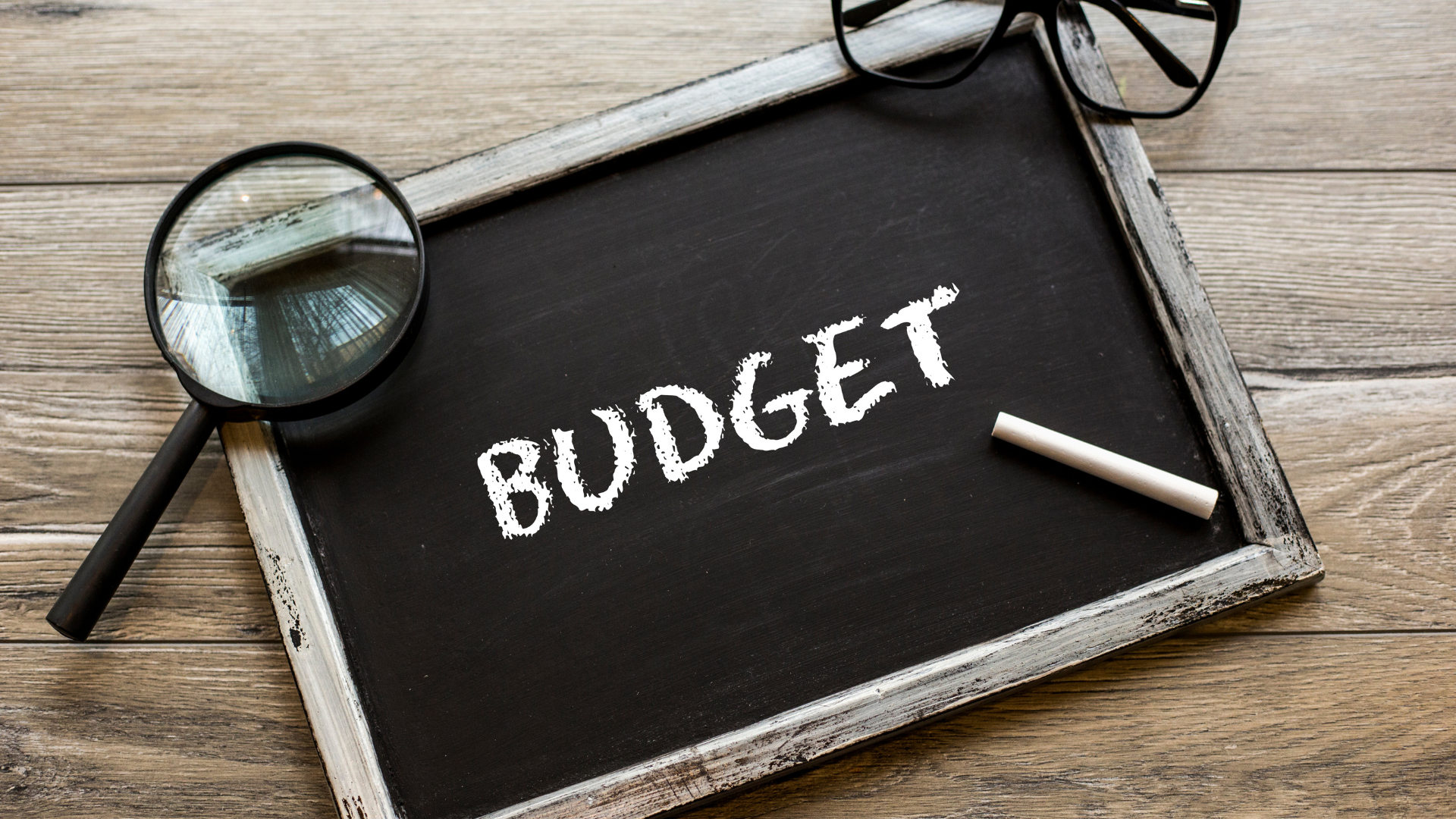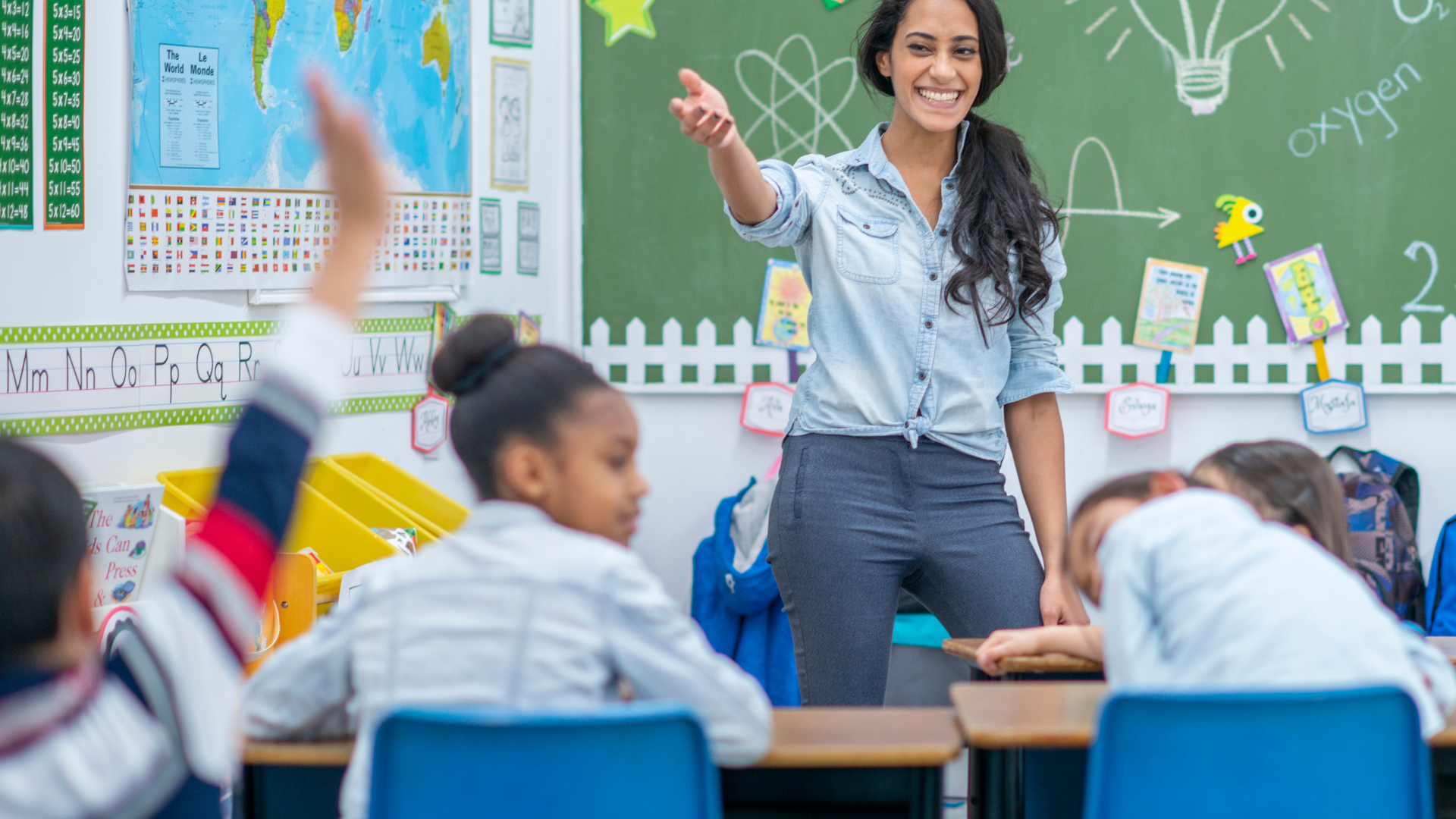The National PTA says it best, “The pandemic has ushered in a new way of teaching and learning. From in-person to virtual to a hybrid learning environment (some all in one school year!), our students have faced challenging, yet innovative times in their learning and development—and teachers have been at the heart of it all!”
America’s schools – and their teachers – are still overcoming the setbacks of the pandemic. One does not have to look far to see that teachers are leaving the profession in droves, teacher attrition is at a fever-pitch, and we are seeing fewer students enrolling in teacher-preparation programs (Will, 2021). Conditions in the education field have always trended toward demanding, but today they’re a recipe for burnout—which teachers experience almost twice as much as other government employees (Perna, 2022, para 3). While these tremendous pressures may never be completely eradicated, there are ways in which we can alleviate some of the stressors and factors that contribute to burn-out. One of these ways is through adult social and emotional learning skills and capacity building.
By shifting from a strictly student-centered approach to professional development to an all-encompassing understanding of both adult and student SEL, we create an opportunity for teachers to learn how to manage the stressors of the classroom, reduce feelings of burnout, and support feelings of preparedness and satisfaction.
When a teacher’s social emotional competence is high, they can model and impart those skills and abilities to their students. We know from our practice that SEL is not isolated to a classroom or the children within it; rather SEL purposefully, and by-design, includes adults with its framework (Hamilton & Doss, 2020; Schonert-Reichl, 2017; Jennings & Greenberg, 2009;).
The message is clear: for social emotional learning to be effective and integrated within the context of whole-school implementation, adults must be included in the development and application of social emotional learning. Let’s do more than just appreciate teachers, let’s recognize the emotions they manage and give them real strategies and resources to feel respected.
Teaching is indeed a work of heart. Join me and the EduSolve team in thanking a teacher.



